There are hundreds of different types of pumpkins to choose from! Some are beautiful ornamentals, others are fantastic for carving, and some are particularly sweet and good for cooking and baked goods.
Introduction to types of pumpkins
Pumpkins can be categorized in a number of different ways. Here, we’ll categorize different varieties of pumpkin into types based on their common uses (check out species categorization here).
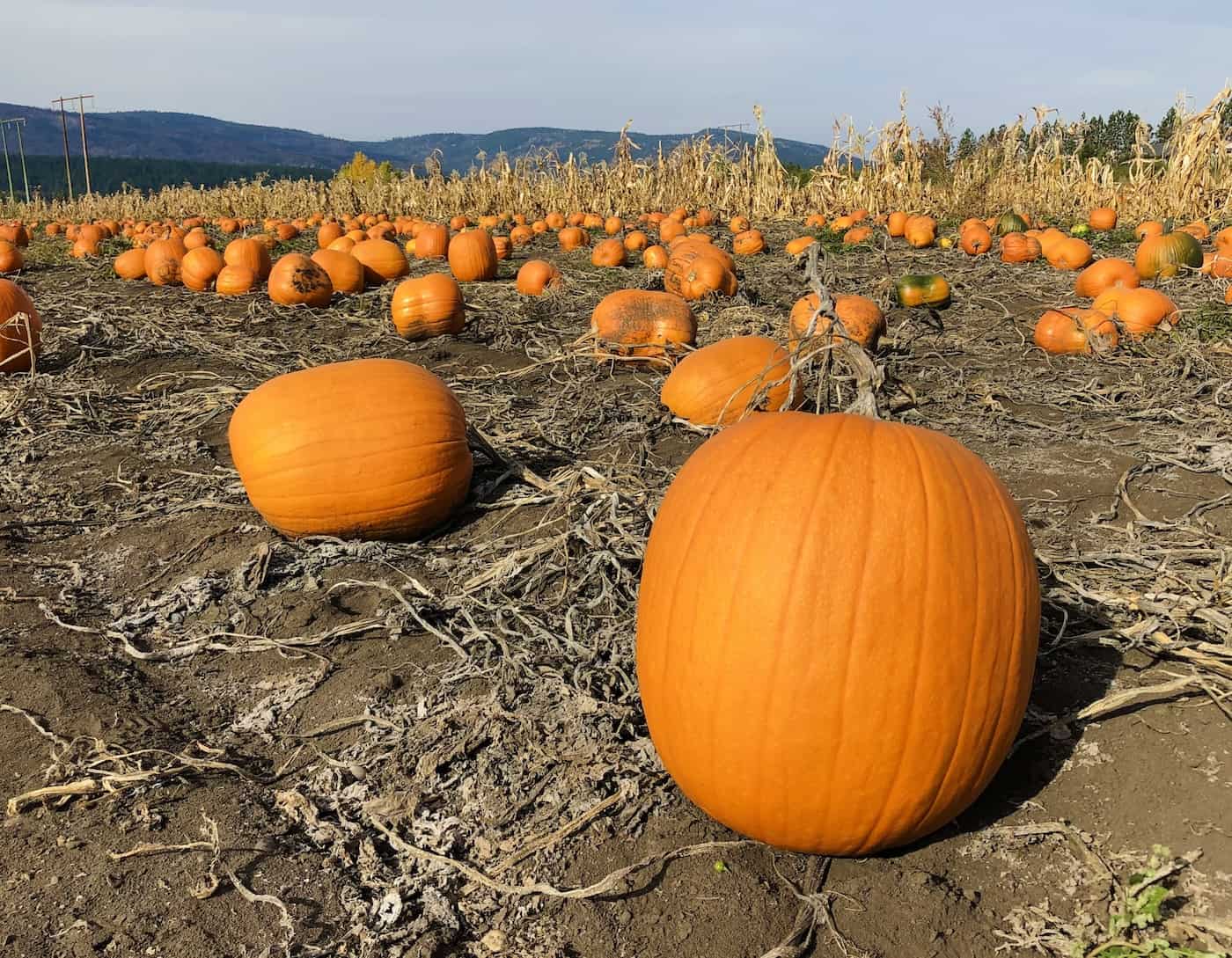
1. Jack-o-Lantern pumpkins
Jack-o-Lantern pumpkins are larger varieties with a strong structure. These are ideal for carving and Halloween decorations.
Here are some popular pumpkin varieties used for carving Jack-o-Lanterns:
- Howden
- Connecticut Field
- Racer
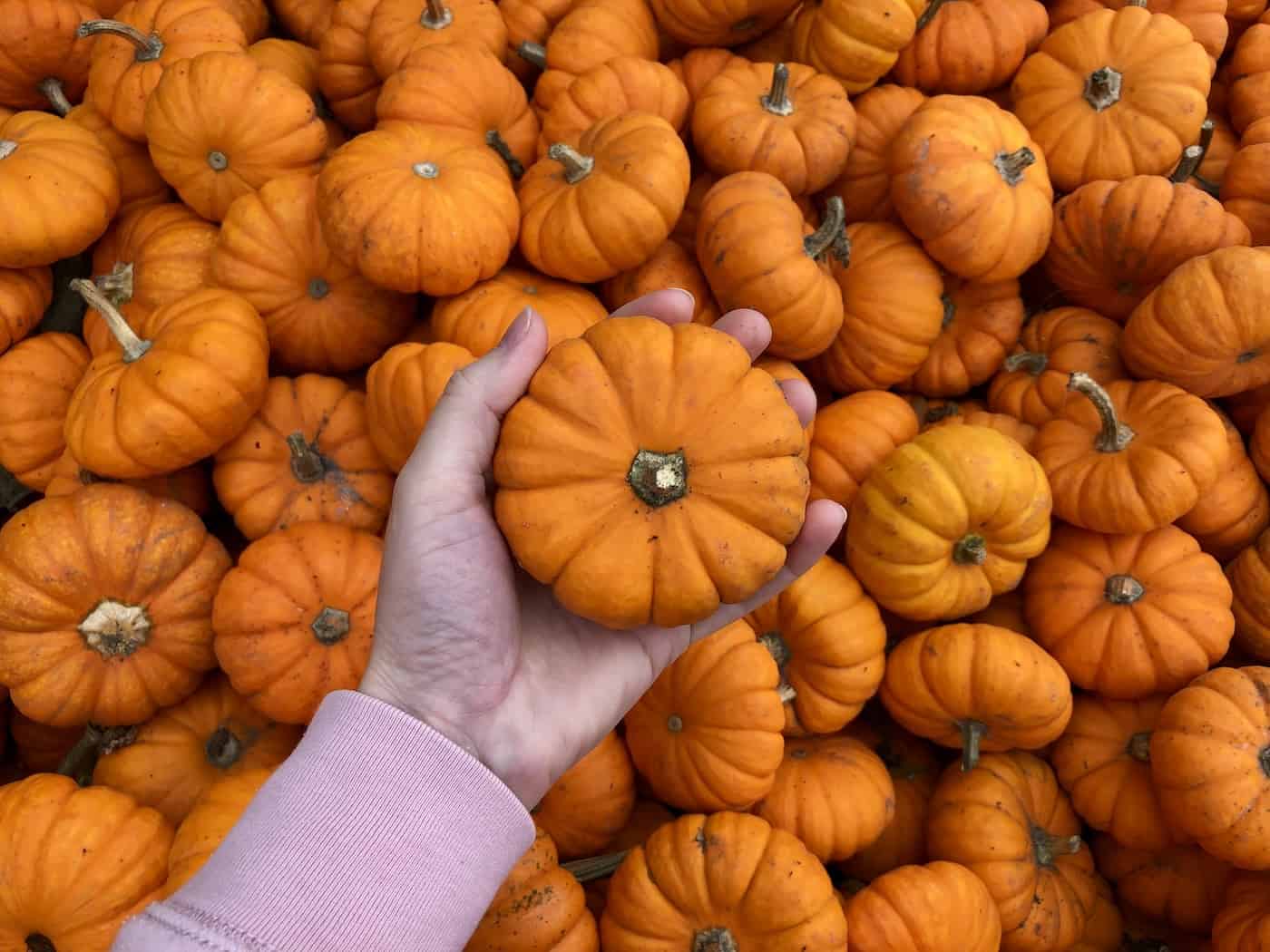
2. Mini pumpkins
Mini pumpkins are tiny, adorable little pumpkins you can hold in your hand. They are great for decorative arrangements and individual servings.
Here are some popular varieties of mini pumpkin to choose from
- Jack Be Little
- Baby Boo
- Munchkin
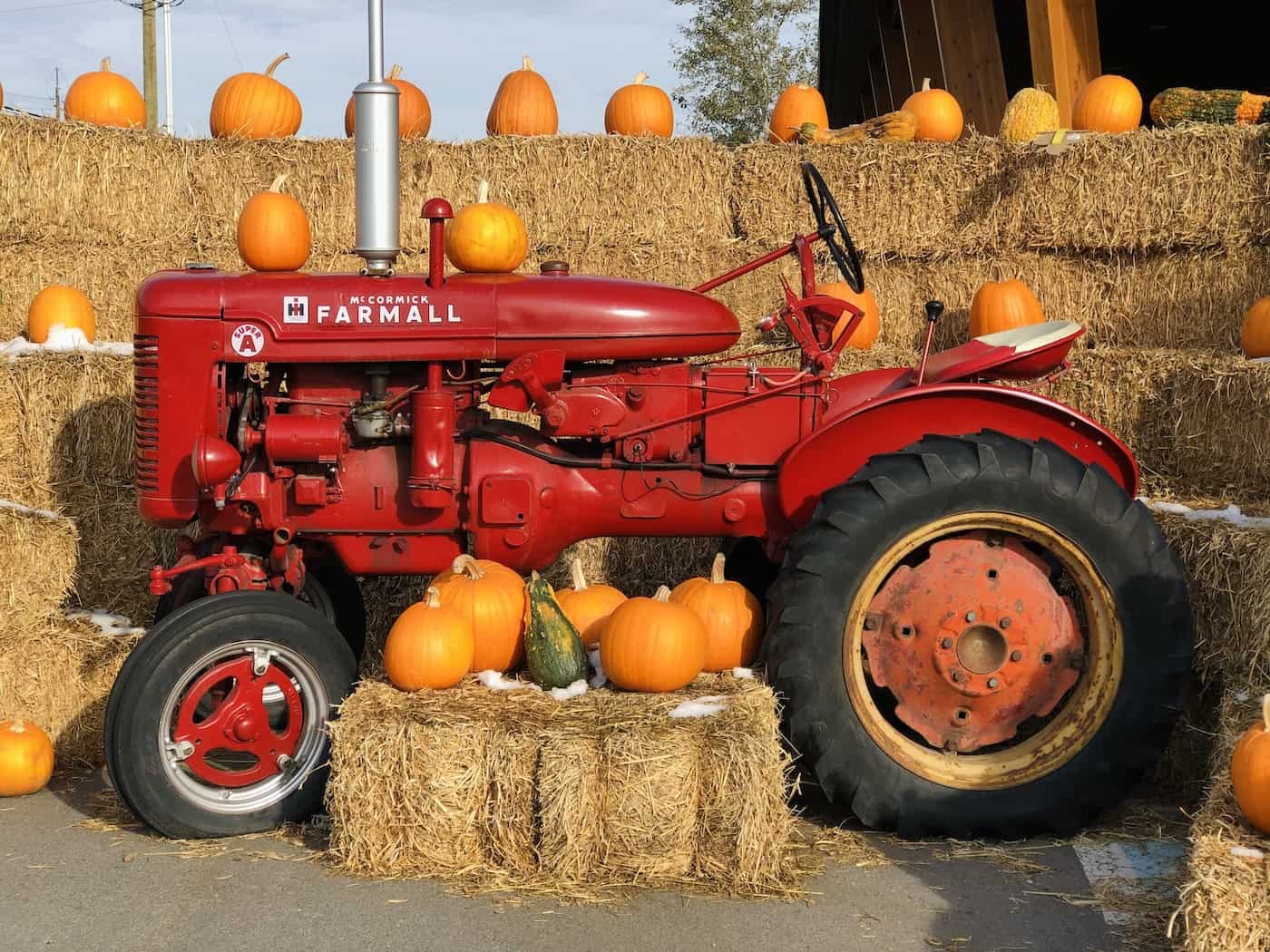
3. Small pumpkins
Small pumpkins are great for decorative arrangements and smaller recipes. Here are some classic small pumpkin varieties:
- Sugar Pie
- Wee Be Little
- Casperita
- Spark
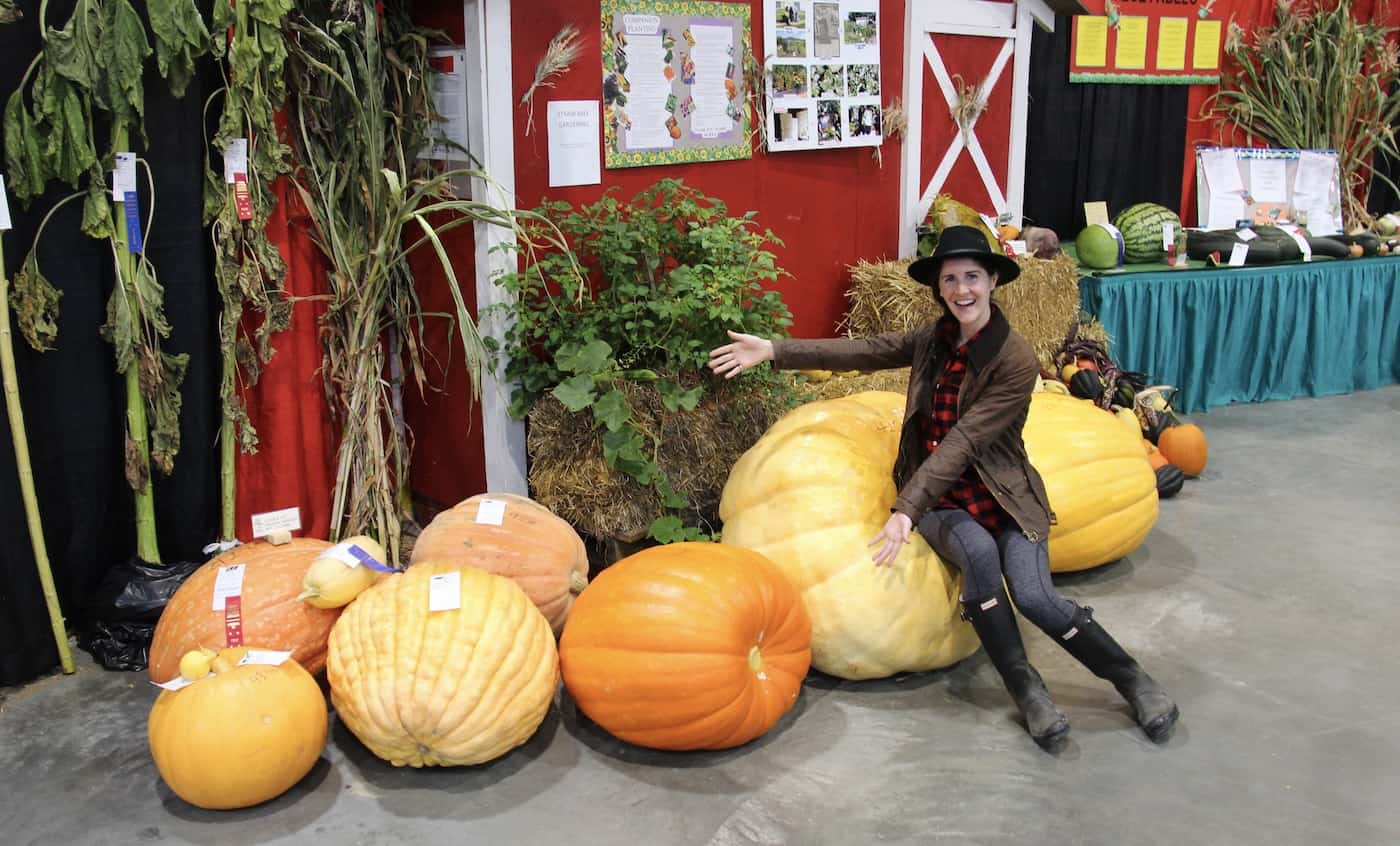
4. Giant pumpkins
Giant pumpkins are extremely large varieties, often grown for competitions and exhibitions. Here are some mighty giant pumpkin varieties:
- Atlantic Giant
- Big Max
- Prizewinner
- Big Moose
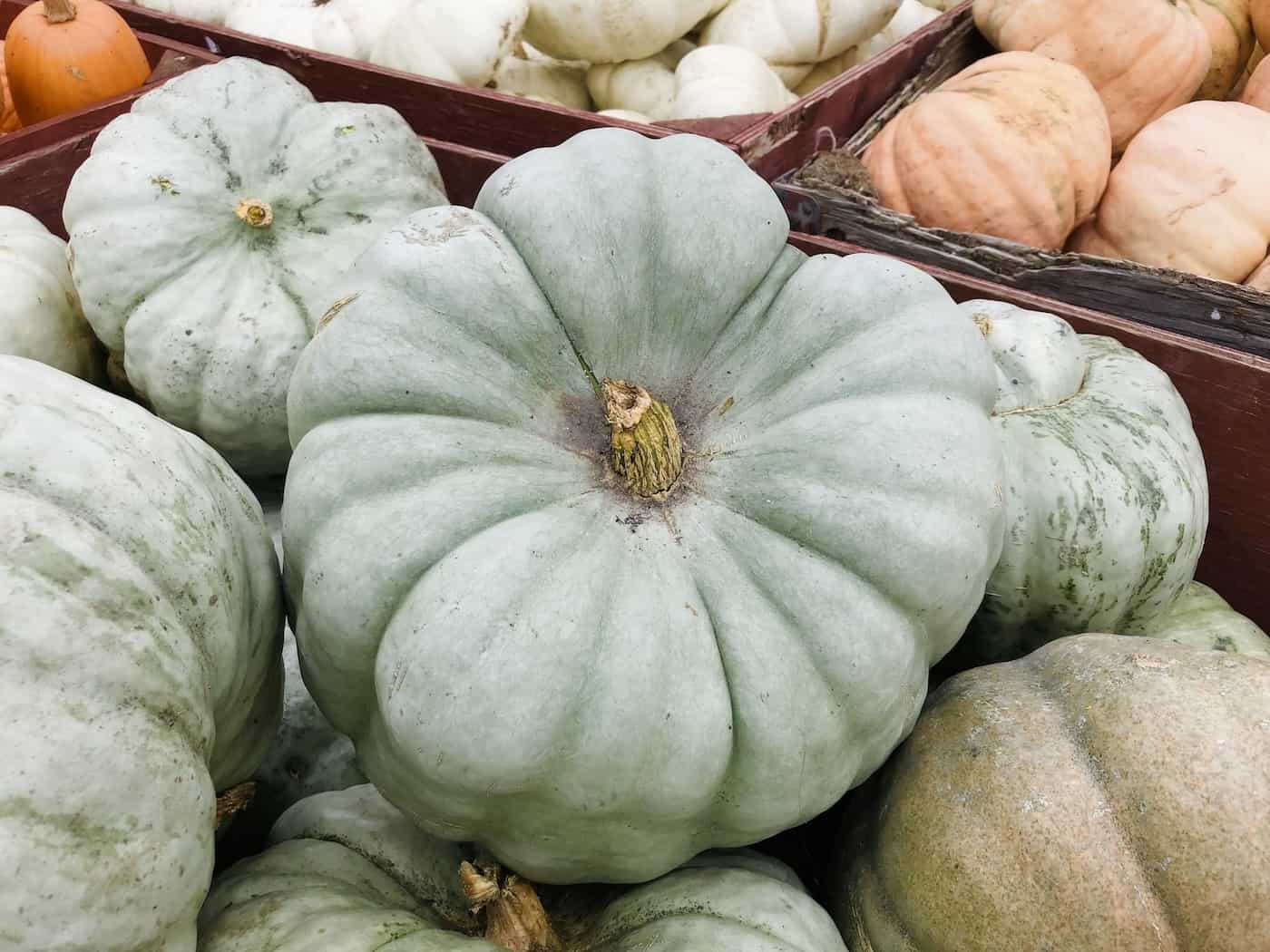
5. Novelty color pumpkins
Novelty color pumpkins are unusual colors such as pink, blue, or yellow. They are generally used for decorative purposes, but some also make good culinary pumpkins. Here are some lovely novelty color pumpkins to add to your fall display:
- Jarrahdale
- Porcelain Doll
- Blue Doll
- Marina di Chioggia
- Moranga
- Mellow Yellow
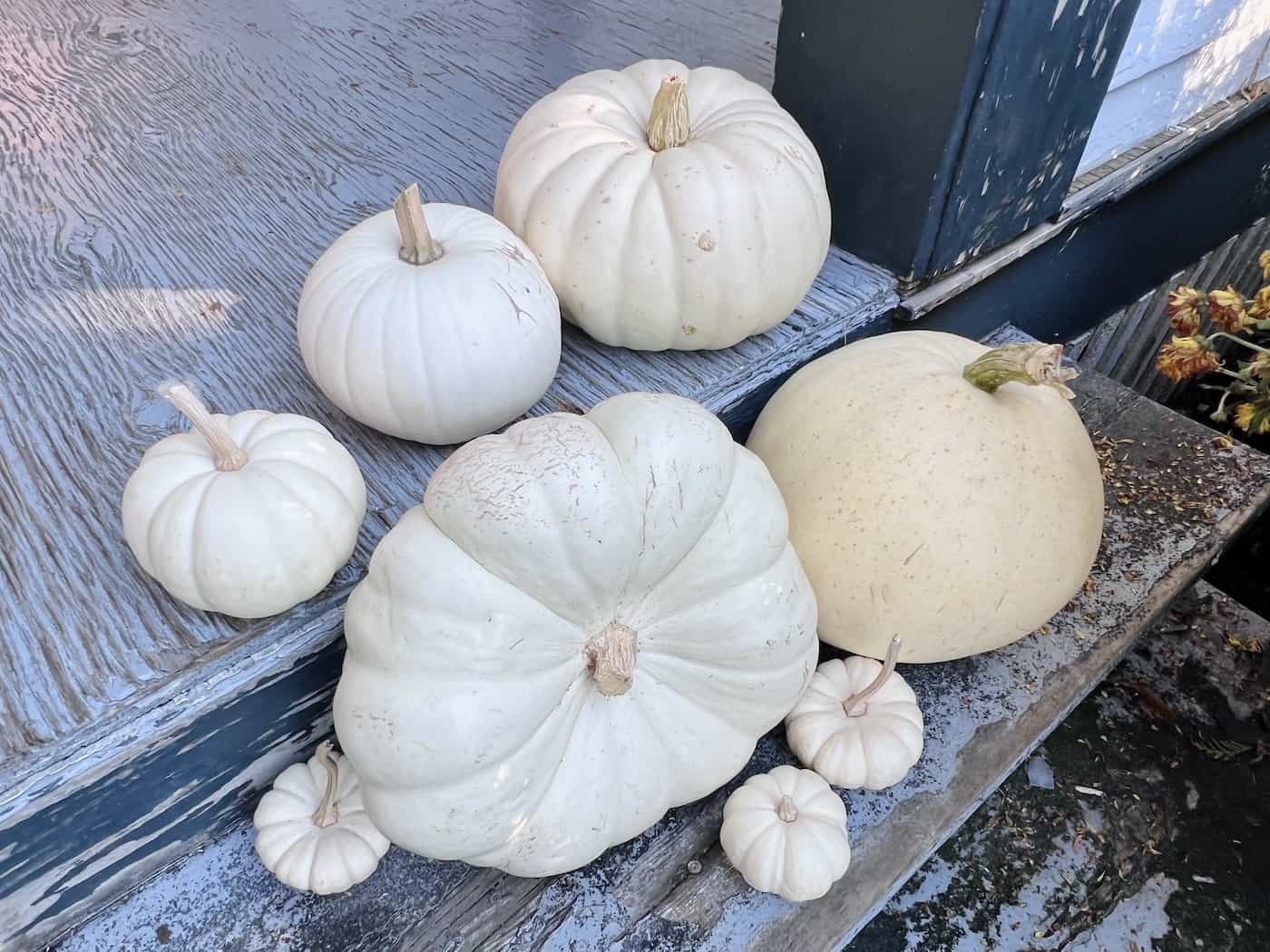
6. Ghost pumpkins
Ghost pumpkins are varieties with a white rind. Typically, they are used for decorative purposes and carving, while some can also be used for cooking.
Here are some pale-white ghost pumpkin varieties:
- Casper
- Shiver
- Lumina
- Polar Bear
- Snowball
- Cotton Candy
- Moonshine
- Blanco
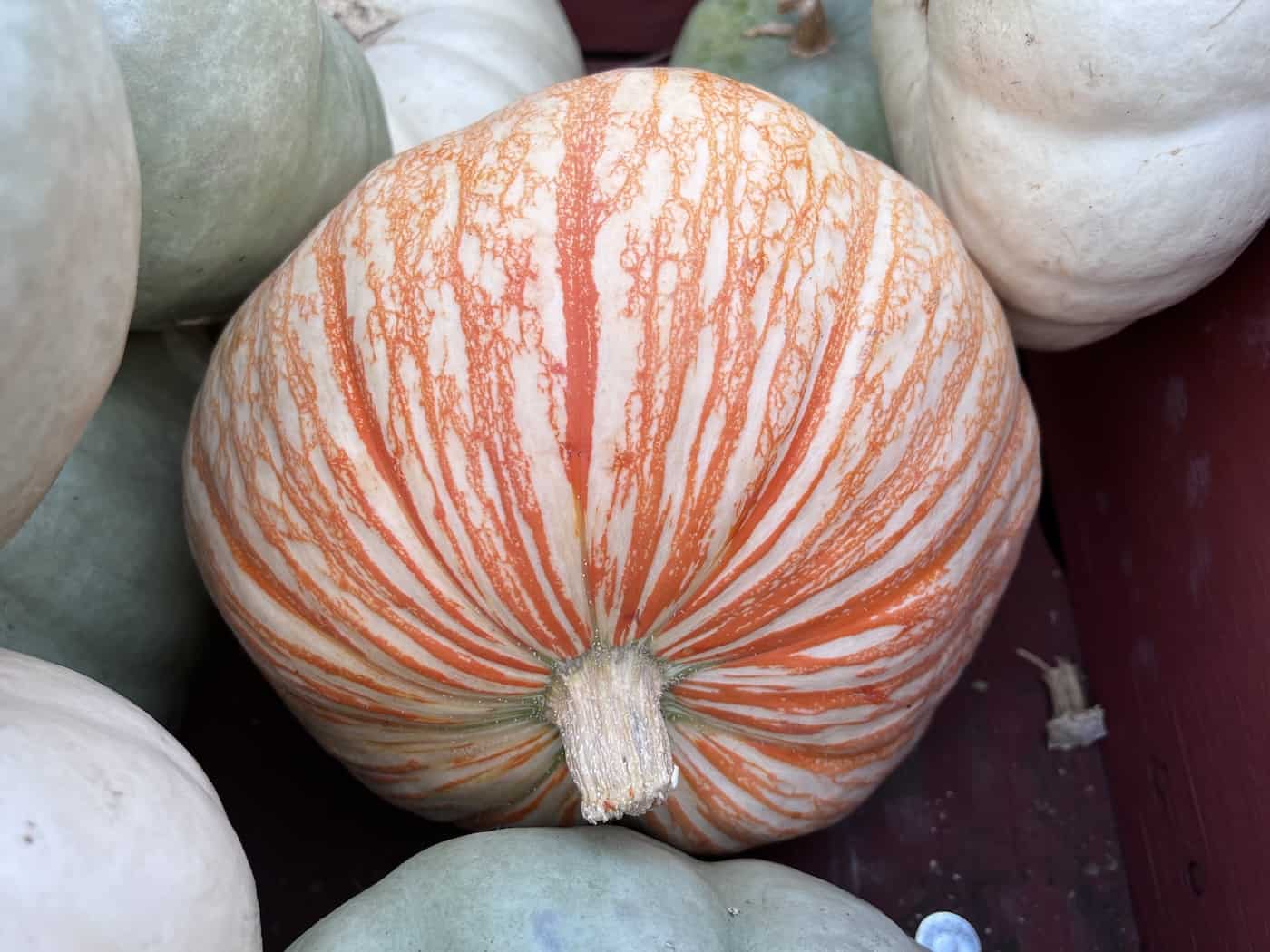
7. Striped pumpkins
Striped pumpkins have natural stripe patterns, adding a unique visual appeal for decoration. Here are some unique striped varieties to pick from:
- Carnival
- One Too Many
- Sweet Lightning
- Speckled Hound
- Kakai
- Green Striped Cushaw
- Blaze
- Spark
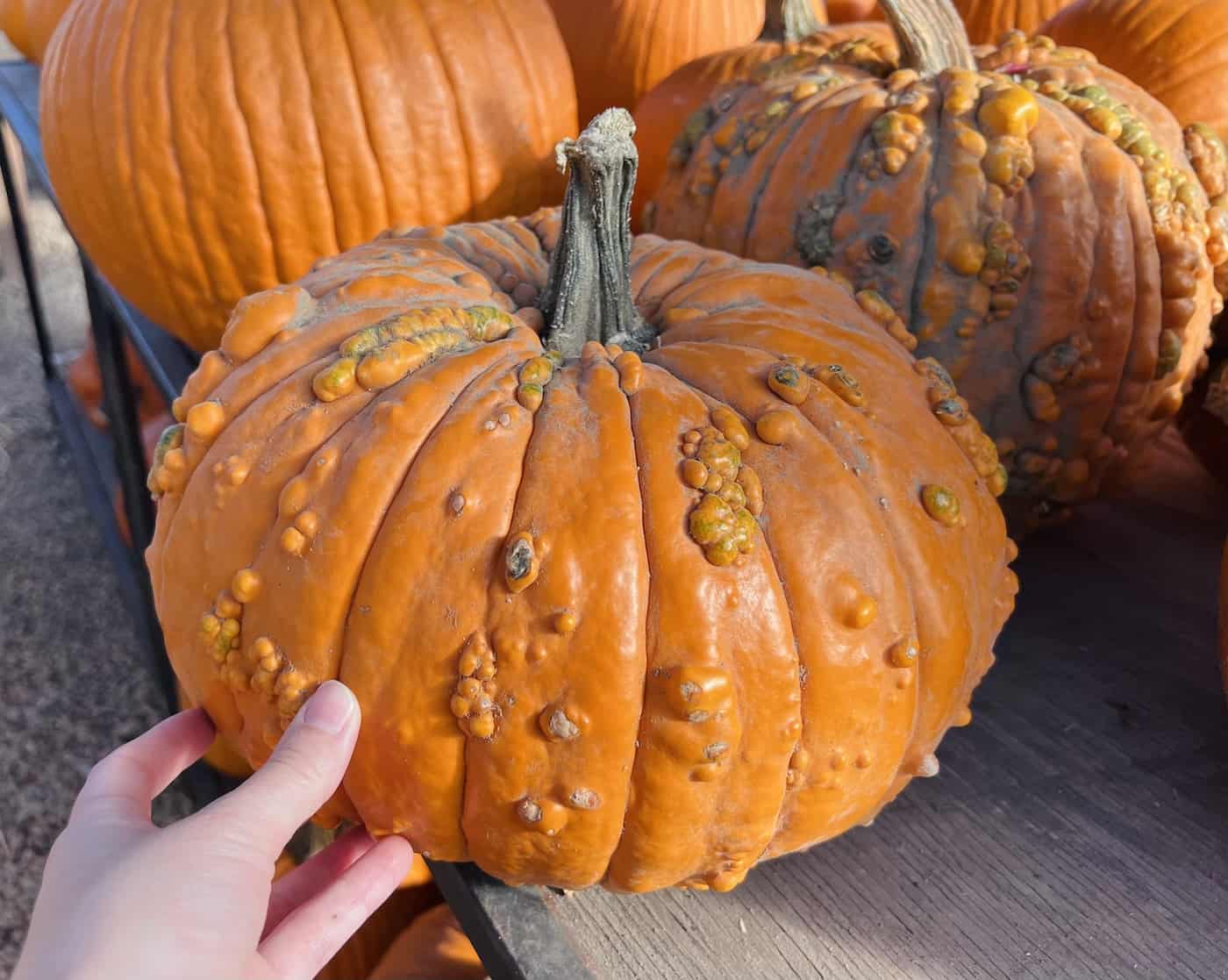
8. Warty pumpkins
Warty pumpkins have textured, warty skin. They are most often used for decorative purposes due to their unique appearance.
Here are some unique warty varieties for your display:
- Marina di Chioggia
- Knuckle Head
- Grizzly Bear
- Galeux d’Eysines
- Warty Goblin
- Super Freak
- Scarface
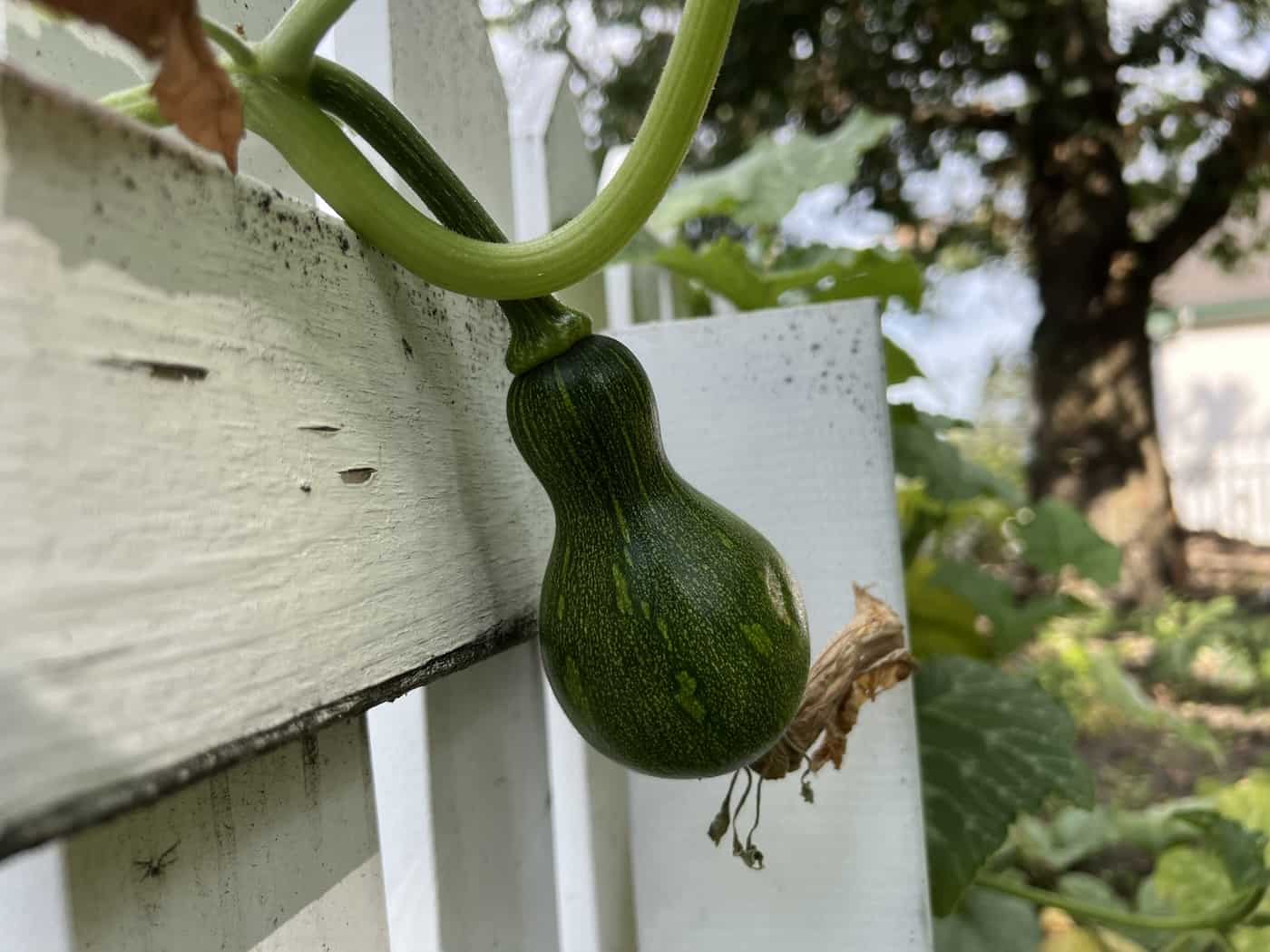
9. Native American pumpkins
Native American pumpkins are traditional varieties cultivated by Native American communities for various culinary purposes. Here are some wonderful Native American pumpkins to grow:
- Seminole
- Cherokee Tan
- Navajo
- Lakota
- Hopi
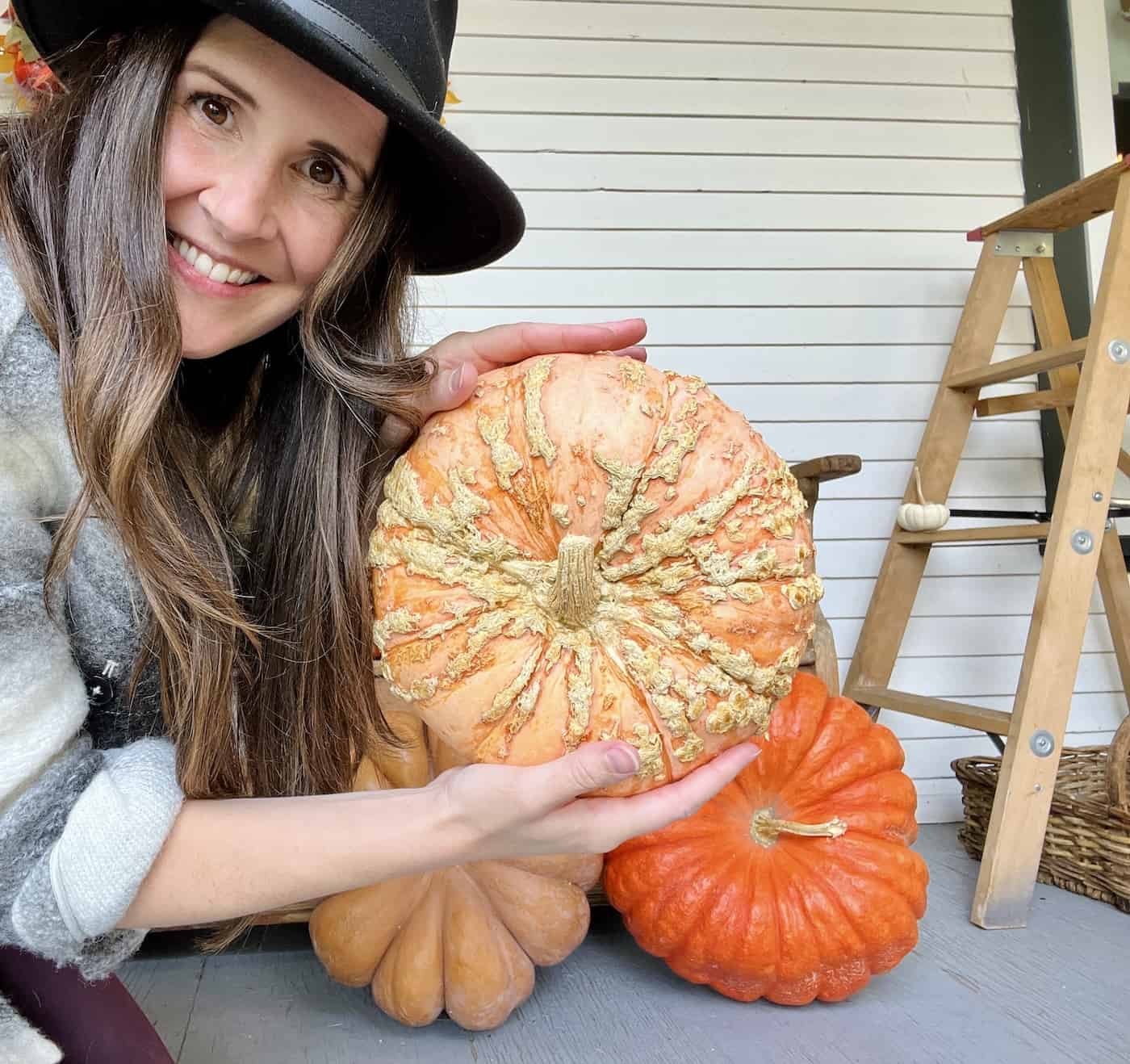
10. French pumpkins
French pumpkins are heirloom varieties bred in France for a variety of culinary applications. Here are some popular French pumpkin cultivars:
- Rouge Vif d’Etampes
- Musquee de Provence
- Galeux d’Eysines
- Nicaise
- Jaune Gros de Paris
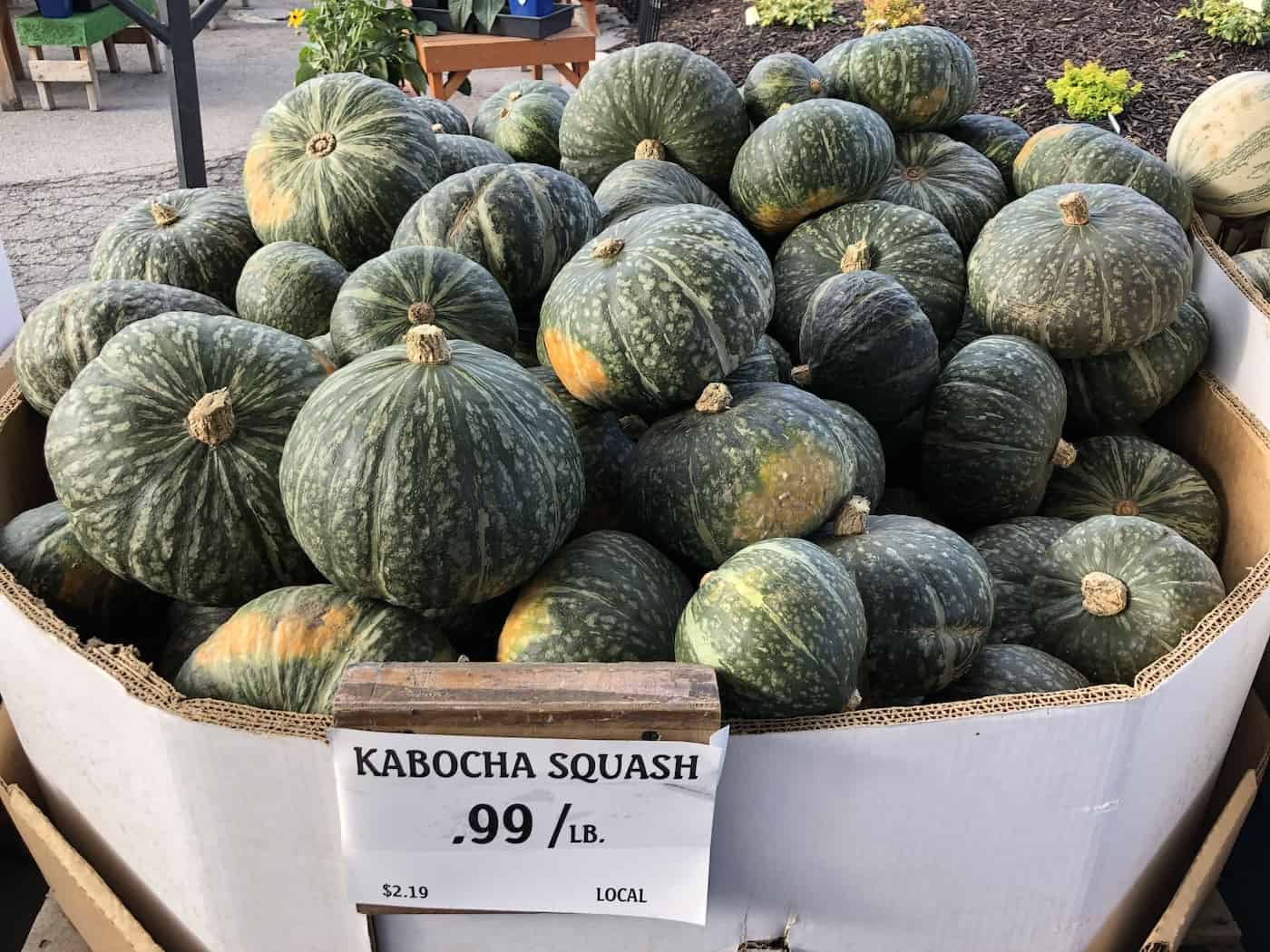
11. Japanese pumpkins
Japanese pumpkins are popular in Asian cuisine, and are known for their sweet and nutty flavor. Here are some popular Japanese pumpkins:
- Kabocha
- Black Futsu
- Red Kuri
- Tetsukabuto
- Tokyo Blue
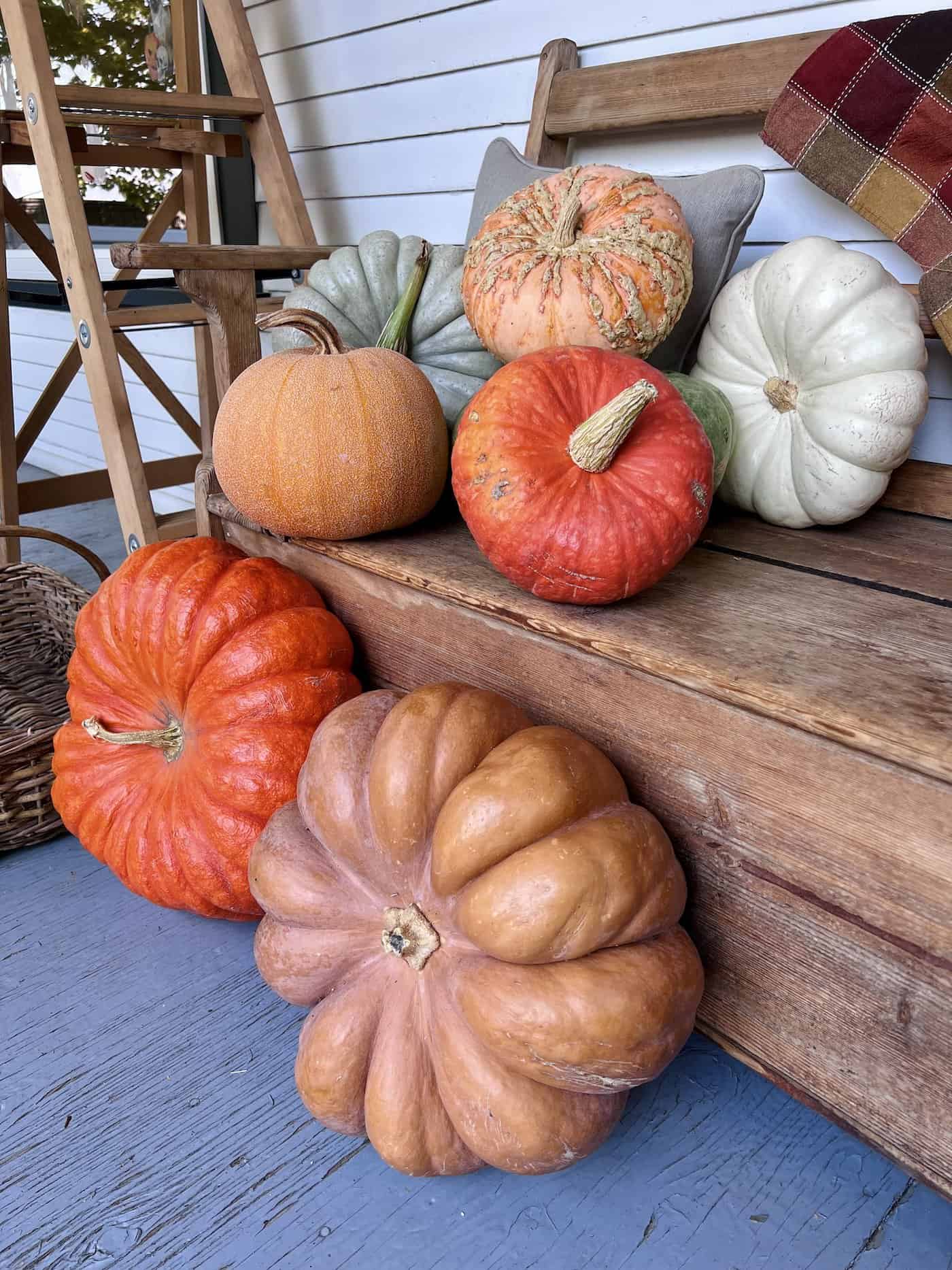
12. Heirloom pumpkins
Heirloom pumpkins are historic or traditional varieties known for their unique flavors and textures. Here are some famous heirloom pumpkin varieties that have been passed down for generations:
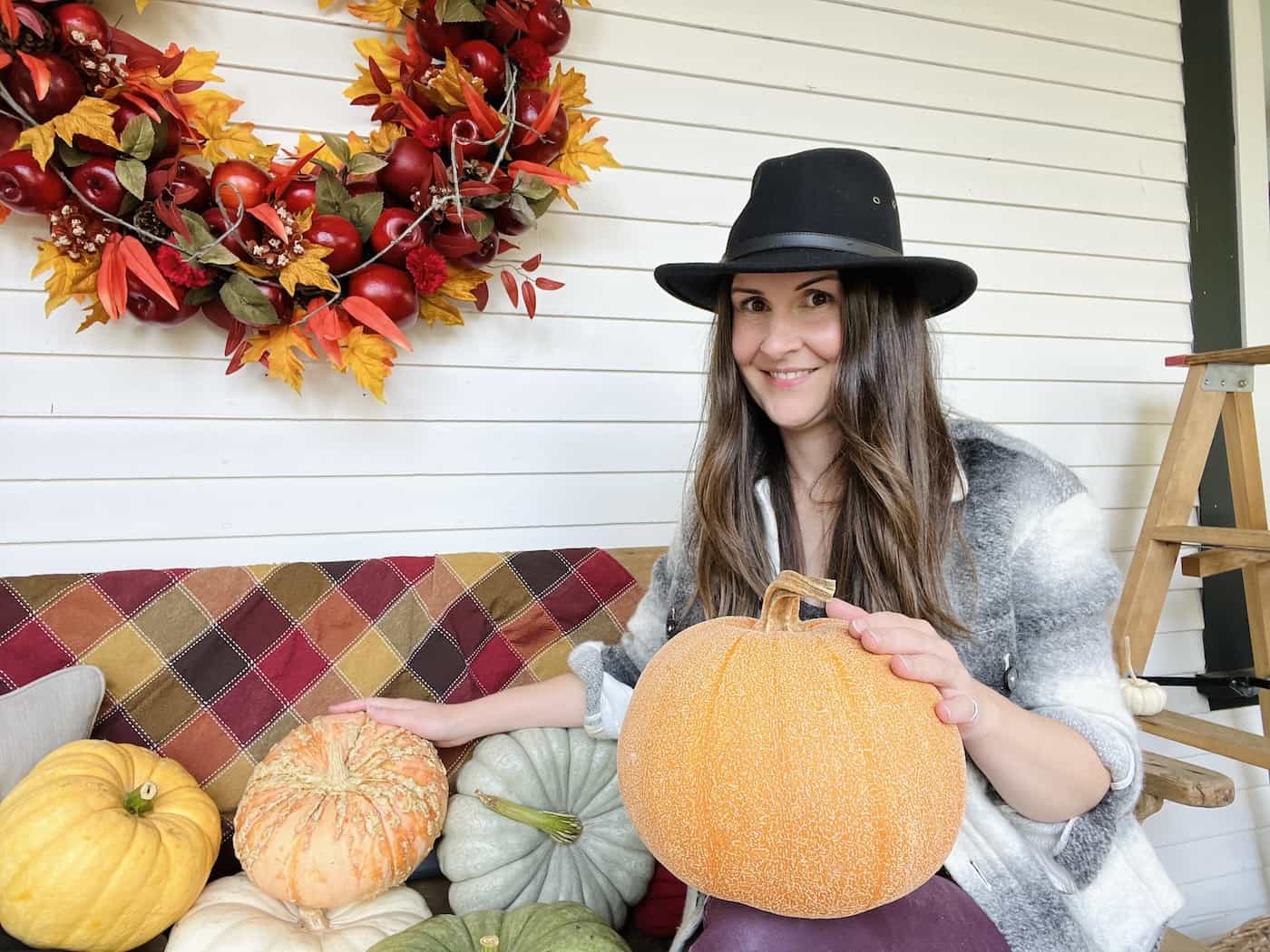
13. Baking pumpkins
Baking pumpkins are great for pies and desserts due to their sweet and flavorful flesh. Here are some fantastic, sweet baking pumpkin varieties to use for your next pumpkin pie:
- Dickinson
- Jarrahdale
- Sugar Pie
- Winter Luxury
- Galeux d’Eysines
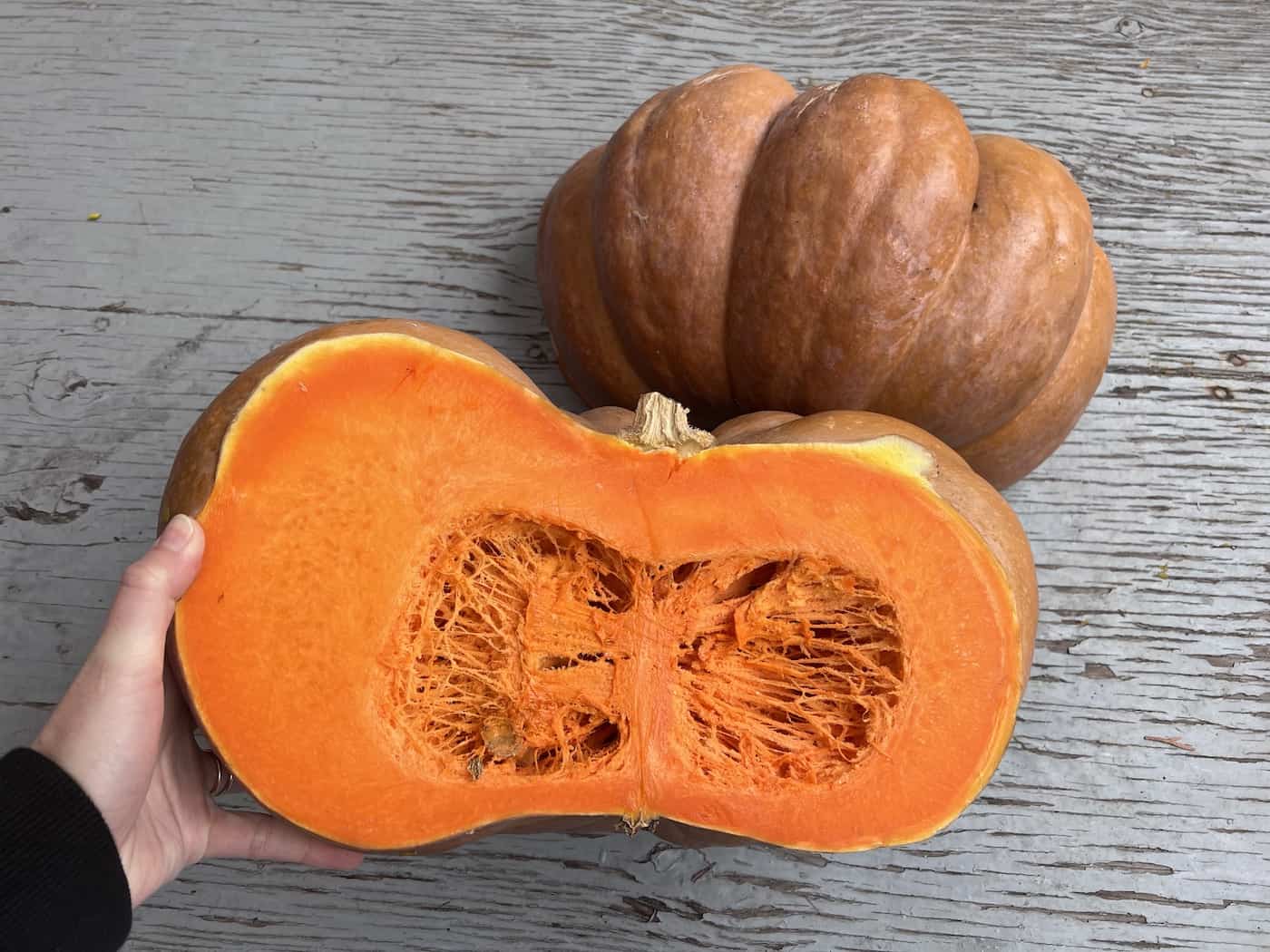
14. Savory gourmet pumpkins
Savory gourmet pumpkins are perfect for soups, stews, gratins, and other savory dishes due to their rich and hearty flavor. Here are some savory gourmet pumpkins to add to your favorite fall recipes:
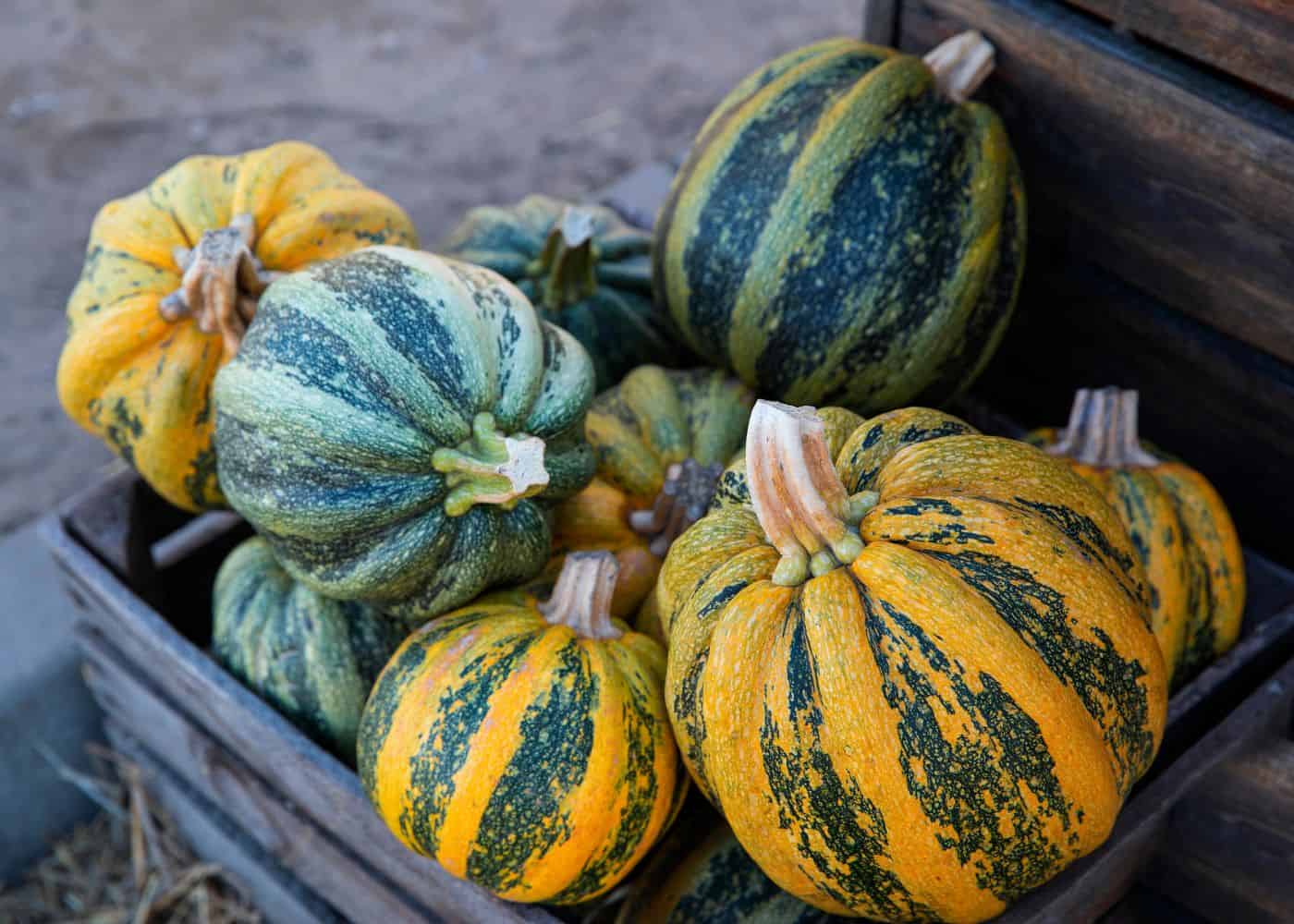
15. Seed pumpkins
Seed pumpkins are grown specifically for their seeds, which can be roasted or used to extract pumpkin seed oil. Here are some seed pumpkin varieties grown mainly to collect their seeds:
- Lady Godiva
- Kakai
- Naked Bear
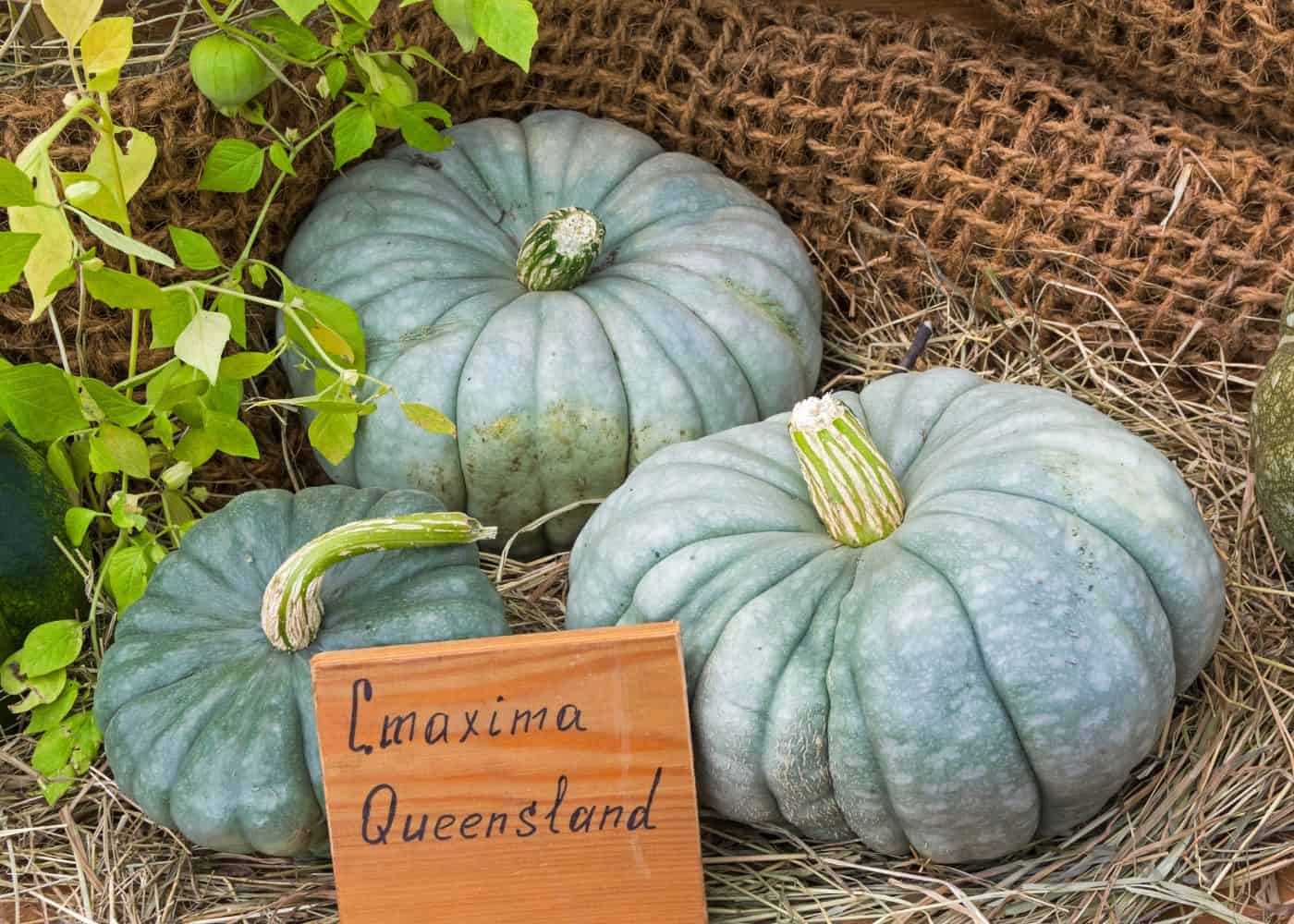
16. Long-keeping pumpkins
Long-keeping pumpkins are varieties known for their long shelf life. They are ideal for extended storage and use throughout the season. They typically have a thick, hard rind.
Here are some long-keeping pumpkin varieties that can be stored for 6-12 months:
- Marina di Chioggia
- Queensland Blue
- Fairytale
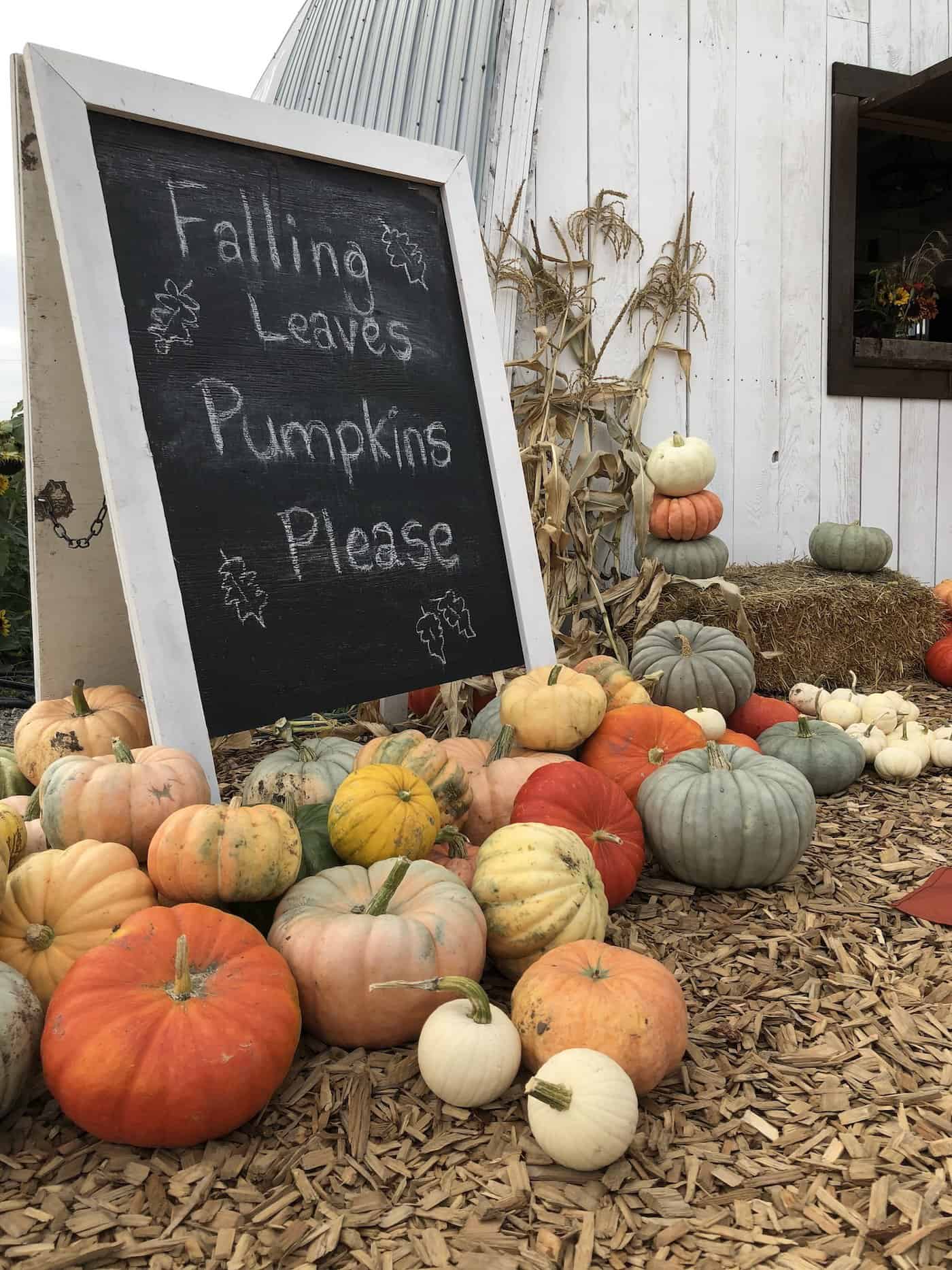
More types of pumpkins to choose from
Here is a giant list of 300+ different varieties of pumpkin (organized in alphabetical order).
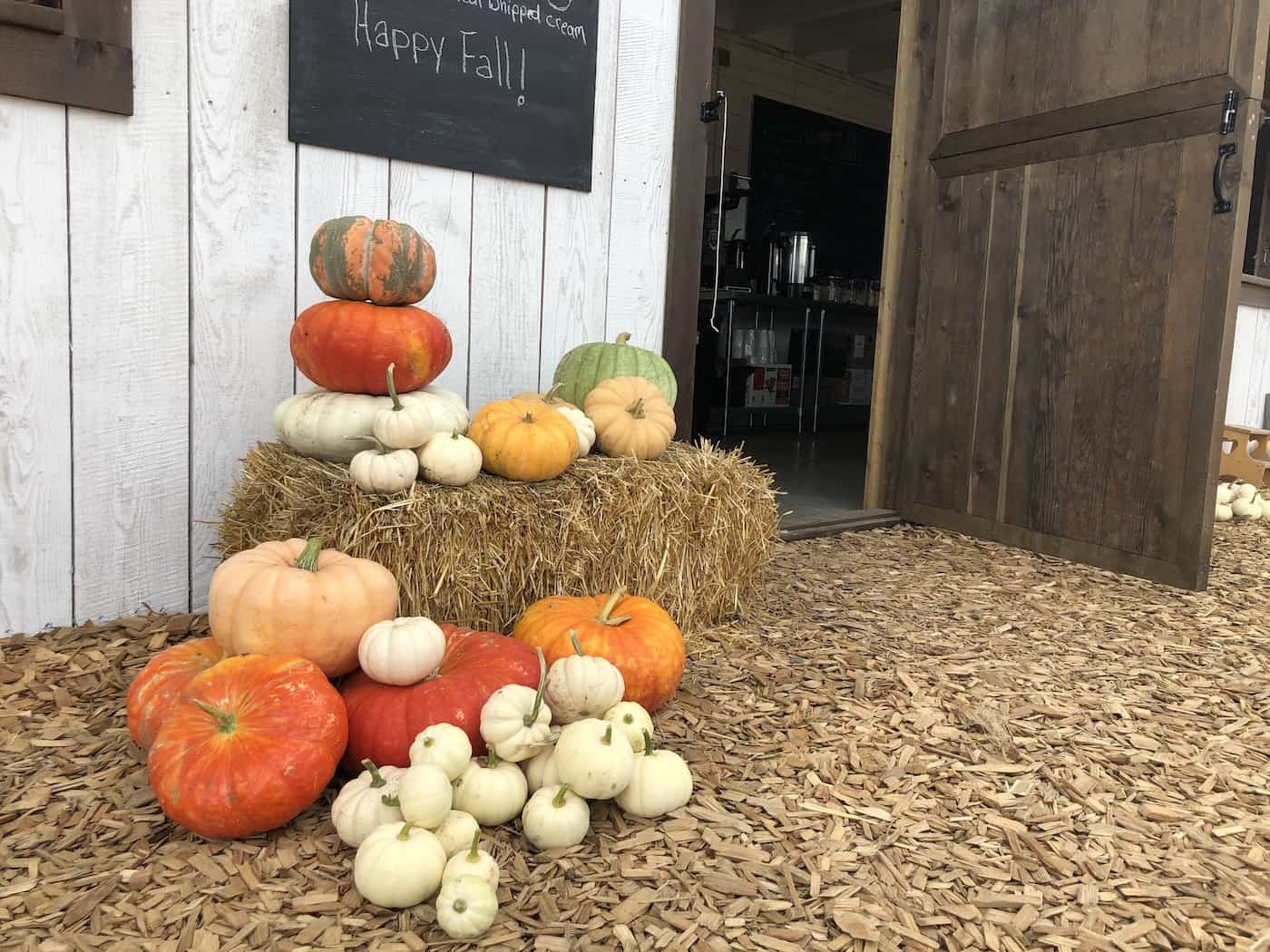


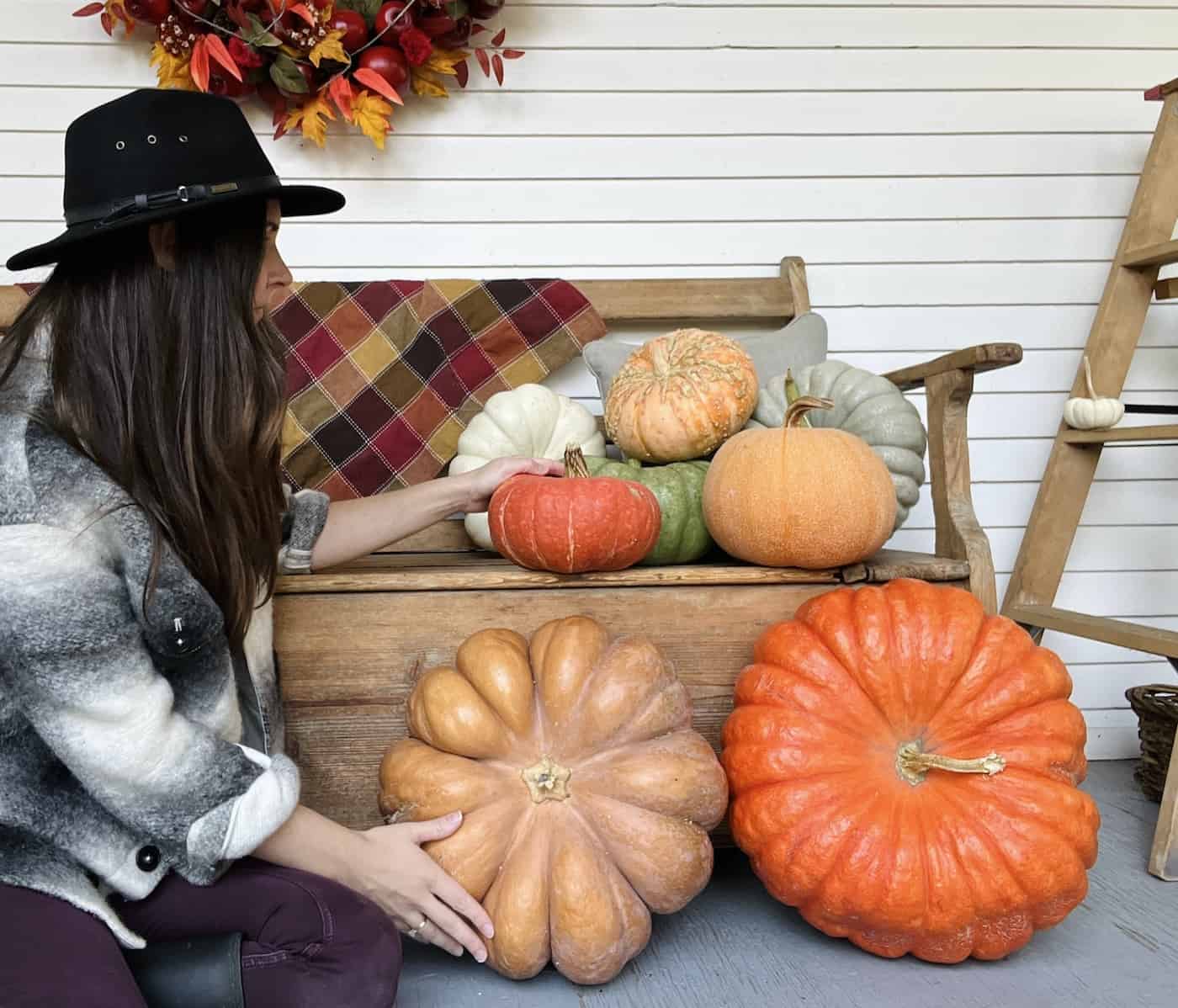
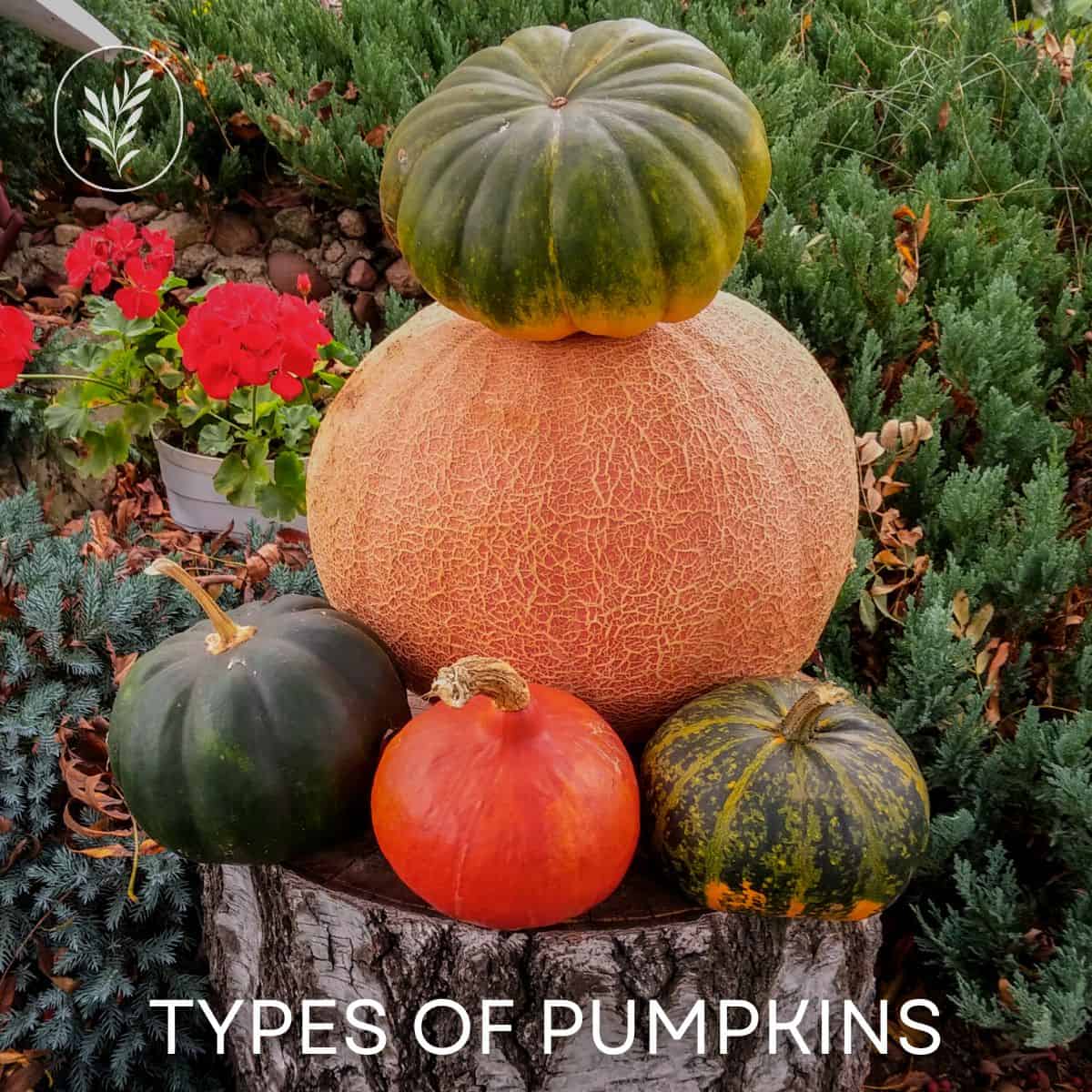
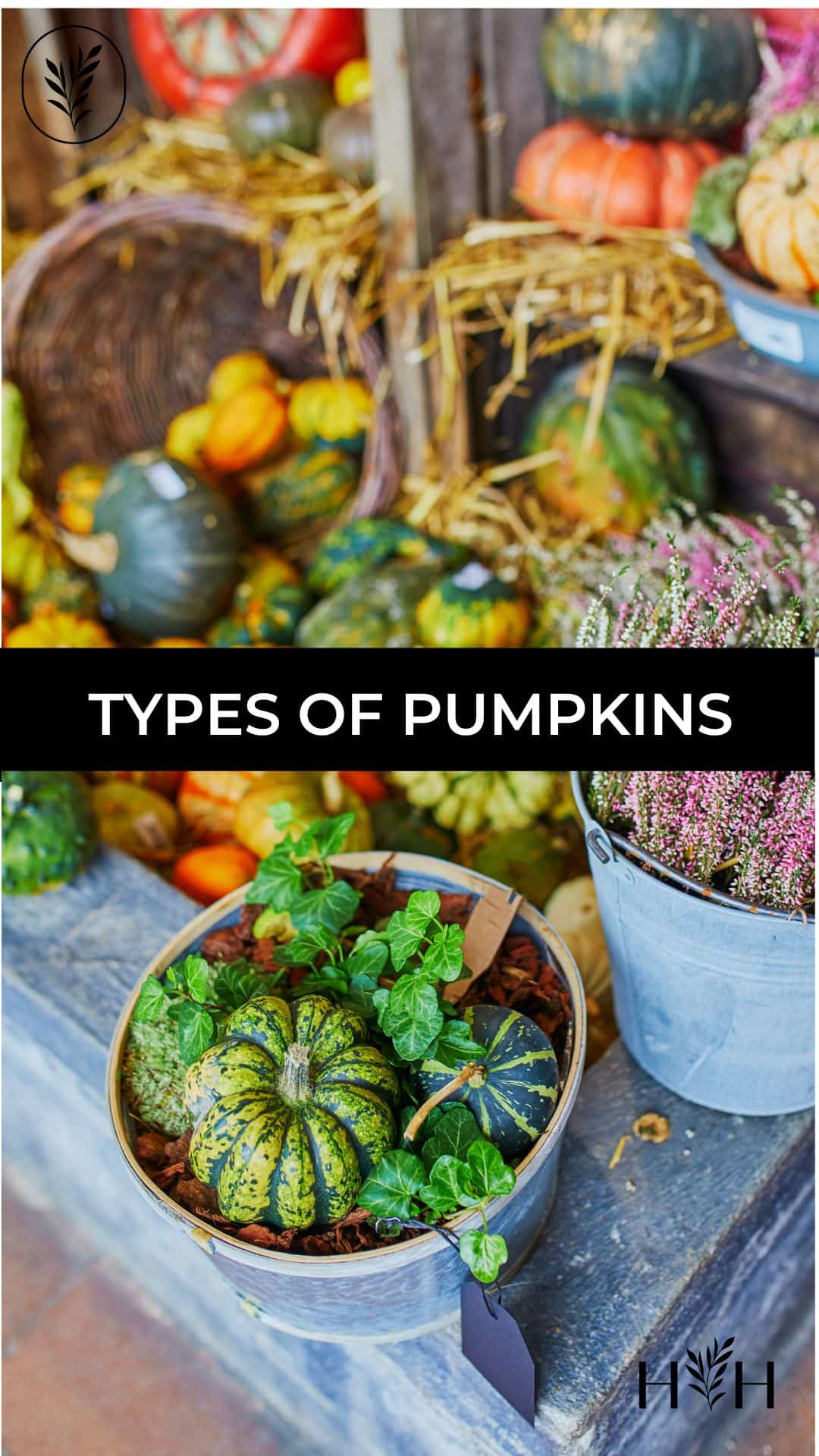
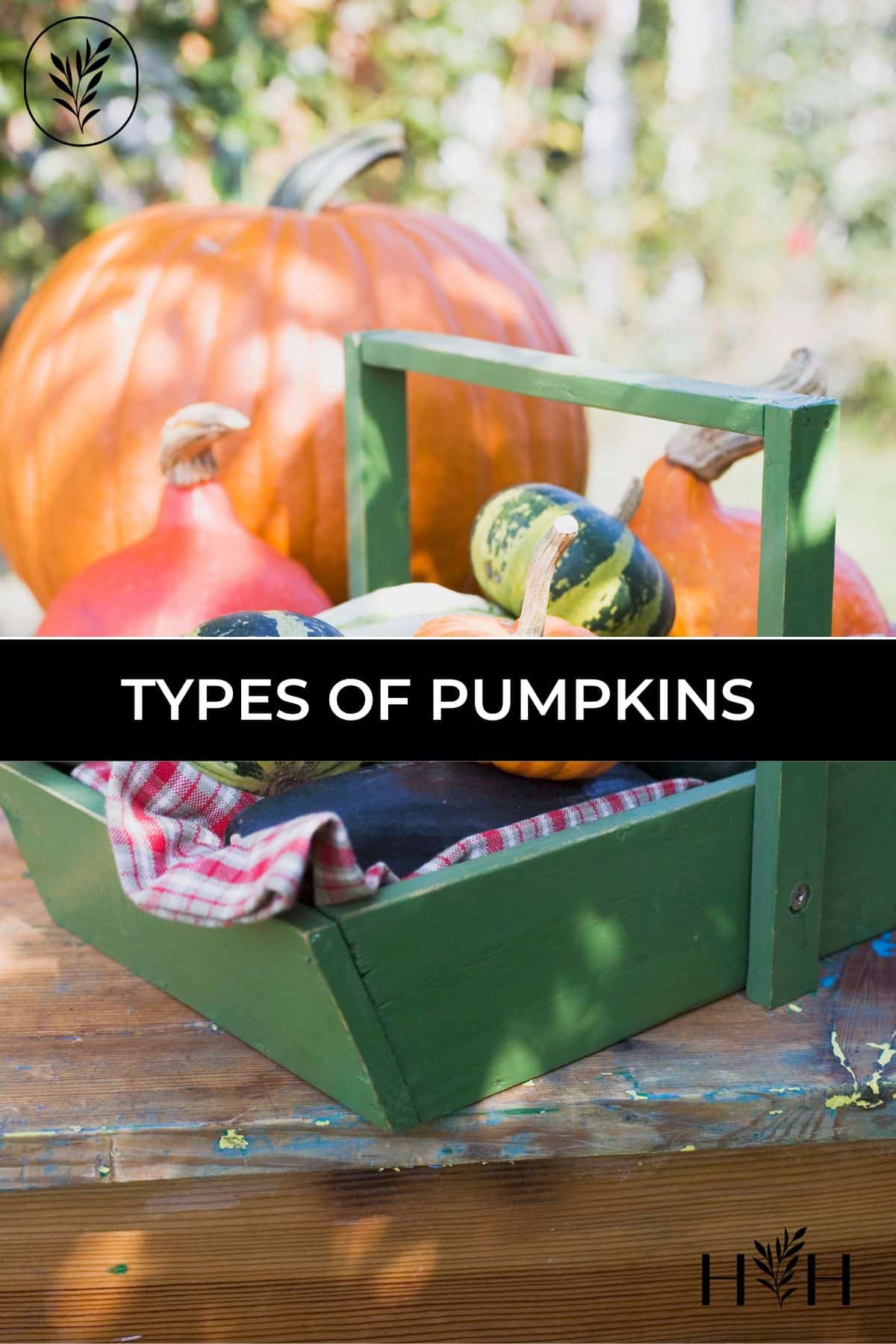
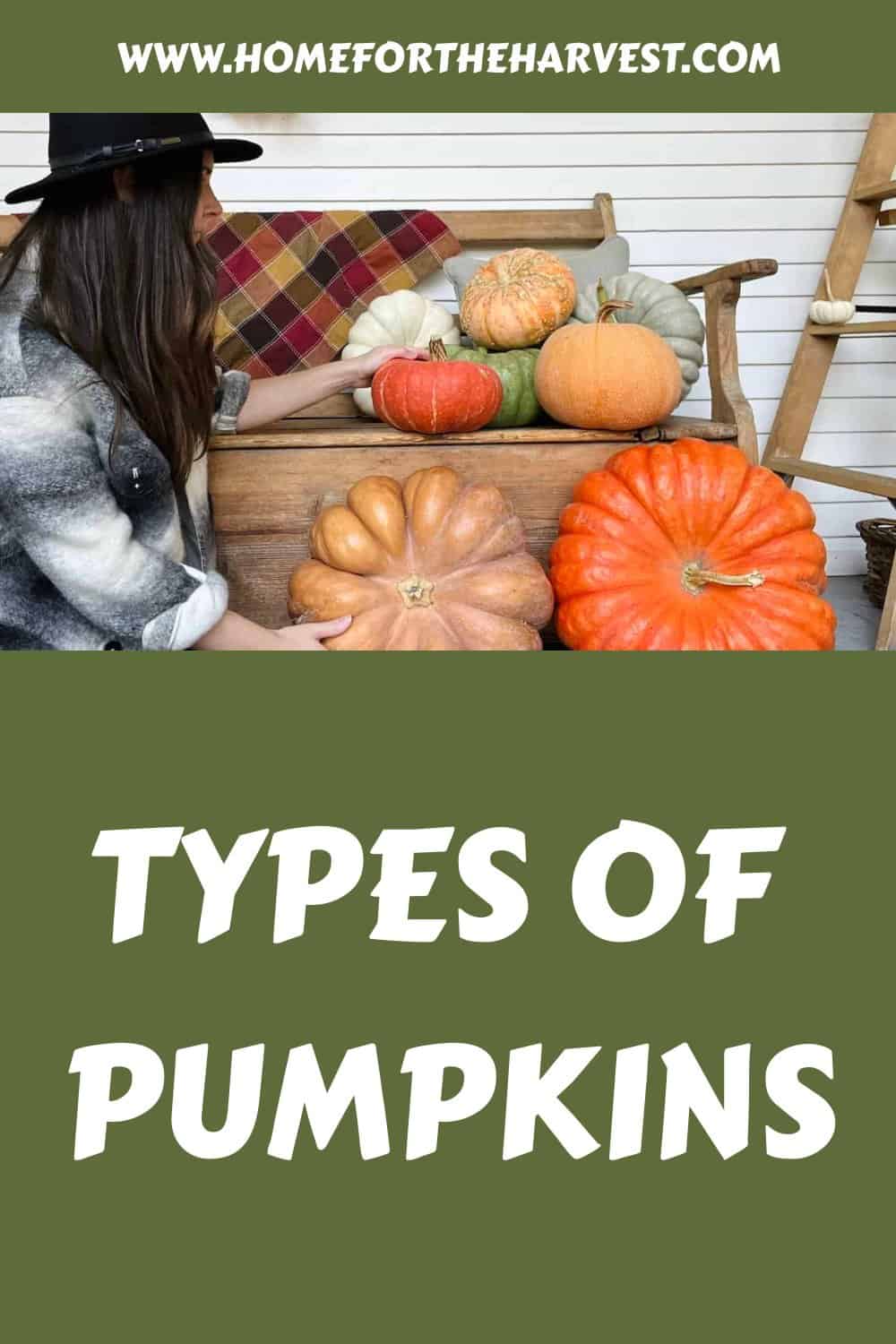




This article is a true pumpkin treasure trove! Thanks for the enlightening insights.